Jean Painlevé
Nascimento : 1902-11-20, Paris, France
Morte : 1989-07-02
História
Jean Painlevé was a French photographer and filmmaker who specialized in underwater fauna.
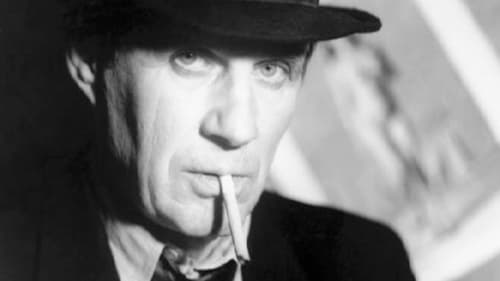
Self
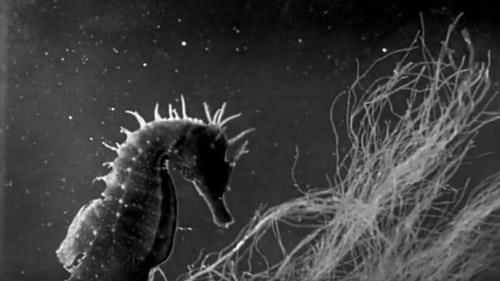
Director
The mesmerizing, utterly unclassifiable science films of Jean Painlevé (1902-89) have to be seen to be believed: delightful, surrealist-influenced dream works that are also serious science. The French filmmaker-scientist-inventor had a decades-spanning career in which he created hundreds of short films on subjects ranging from astronomy to pigeons to, most famously, such marine-life marvels as the sea horse and the sea urchin.

Director
The Sounds of the Sounds of Science is a score written by Yo La Tengo for filmmaker Jean Painlevé. It contains 78 minutes of instrumental music to accompany his eight short documentary-style films shot underwater.

Interviewee
This documentary about the life and work of filmmaker Jean Painlevé was originally presented in eight parts on French television. It was edited to remove duplicated material from its original length of 240 minutes.

Self (uncredited)
Jean Painlevé se senta com crianças em um parque parisiense e conversa sobre pombos. Primeiro, sobre a aparência física (olhos, asas e cauda, sem esquecer a cor) e suas variedades.

Producer
Jean Painlevé se senta com crianças em um parque parisiense e conversa sobre pombos. Primeiro, sobre a aparência física (olhos, asas e cauda, sem esquecer a cor) e suas variedades.

Director
Jean Painlevé se senta com crianças em um parque parisiense e conversa sobre pombos. Primeiro, sobre a aparência física (olhos, asas e cauda, sem esquecer a cor) e suas variedades.
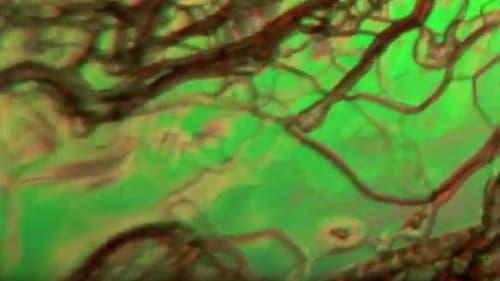
Director
Title cards introduce images we watch without narration; they are displays of shape and color. François de Roubaix's electronic music accompanies these images, photographed under a polarizing microscope. The crystals appear to move like tiny organisms: small four-part fans share the frame with flowing lines of pink. Multiple patterns appear side by side.

Director

Director of Photography
Em terrenos alagadiços ao longo da costa da Bretanha, observamos pequenos moluscos redondos com cerca de cinco centímetros de diâmetro.

Producer
Em terrenos alagadiços ao longo da costa da Bretanha, observamos pequenos moluscos redondos com cerca de cinco centímetros de diâmetro.

Director
Em terrenos alagadiços ao longo da costa da Bretanha, observamos pequenos moluscos redondos com cerca de cinco centímetros de diâmetro.

Director
The one-celled long and slender diatom, up close: discovered in 1703 with the invention of the microscope. We observe them magnified 10,000 times: water expelled through the skeleton, mucilage constantly emitted, allowing it to glide. Their energy comes from sunlight. They divide and disperse. The narrator, conversing with a young woman, says their remains cover one-third of the earth's surface. They have uses in petroleum, explosives, and polish. Some live in isolation, some in colonies, like elaborate fans. They can move in clusters. Many small animals eat them. We watch them slide on each other in long strings.

Director
A graça e fluidez de um abraço de oito braços, o olhar sedoso de um olho estranhamente bulboso. Entre os filmes mais mágicos já feitos, este é o retrato carinhoso de Painlevé sobre a criatura marinha anômala. A trilha sonora surpreendente é do pioneiro da música eletrônica, Pierre Henry.

Director of Photography
Depois de uma introdução cômica, observamos atentamente um camarão e seu processo de digestão.

Producer
Depois de uma introdução cômica, observamos atentamente um camarão e seu processo de digestão.

Director
Depois de uma introdução cômica, observamos atentamente um camarão e seu processo de digestão.

Director
At a marine biology station, a clump of algae reveals polyps, stomachs with limbs, limbs with buds, buds with poison cells. This animal reproduces by buds, which we watch close up in time-lapse images. In another kind of jellyfish, the buds grow inside then live outside for a few days until being on their own. Another produces eggs, sometimes self-fertilized. Some single eggs become buds with colonies. Another clump gathered at low tide consists of filaments of a colony - plumes with poison ends. In images taking 72 hours, we see filaments grow and produce a feeding organ from which a plume emerges. New jellyfish emerge from buds twice a day at set times to form a new colonies.

Editor
Two kinds of starfish, the brittle and the feather. The brittle star moves its arms alone, without the aid of suckers. Underneath is a single opening. Stalks move food close to the mouth and move waste away. We see vents, used in reproduction and breathing. We watch the hatched young expelled into the water. The camera shows us brittle stars' intricate patters. We observe feather stars in clusters, like ferns. One turns over slowly; arms have branches with stalks for breathing and gathering microscopic food. Reproductive organs are inside branches. We see eggs develop at 1,400 nature's speed. Larvae emerge, 0.1 mm long. They grow. A feather star takes a walk.

Director of Photography
Two kinds of starfish, the brittle and the feather. The brittle star moves its arms alone, without the aid of suckers. Underneath is a single opening. Stalks move food close to the mouth and move waste away. We see vents, used in reproduction and breathing. We watch the hatched young expelled into the water. The camera shows us brittle stars' intricate patters. We observe feather stars in clusters, like ferns. One turns over slowly; arms have branches with stalks for breathing and gathering microscopic food. Reproductive organs are inside branches. We see eggs develop at 1,400 nature's speed. Larvae emerge, 0.1 mm long. They grow. A feather star takes a walk.

Director
Two kinds of starfish, the brittle and the feather. The brittle star moves its arms alone, without the aid of suckers. Underneath is a single opening. Stalks move food close to the mouth and move waste away. We see vents, used in reproduction and breathing. We watch the hatched young expelled into the water. The camera shows us brittle stars' intricate patters. We observe feather stars in clusters, like ferns. One turns over slowly; arms have branches with stalks for breathing and gathering microscopic food. Reproductive organs are inside branches. We see eggs develop at 1,400 nature's speed. Larvae emerge, 0.1 mm long. They grow. A feather star takes a walk.

Editor
Alexander Calder criou e apresentou uma de suas obras mais importantes e amadas, o circo em miniatura (1926-1931). Mais de 20 anos depois, Jean Painleve fez Le Grande Cirque Calder 1927, iniciado em 1953 e concluído em 1955.

Director
Alexander Calder criou e apresentou uma de suas obras mais importantes e amadas, o circo em miniatura (1926-1931). Mais de 20 anos depois, Jean Painleve fez Le Grande Cirque Calder 1927, iniciado em 1953 e concluído em 1955.

Director
A complex creature. Regular underwater photography, magnified close-ups, and film through a microscope present sea urchins. We see their mouth and five teeth close and open. After injecting one with gelatin, the shell is removed and we see the muscle structure, digestive tube, and reproductive organs. Magnified stems reveal suction cups; stems lengthen and contract allowing the sea urchin to move. We see microscopic calcareous stems; at their ends are jaws with various uses. Cilia everywhere are in constant motion, stirring up water and debris. African music on the soundtrack suggests a shuffle dance.

Director
Em um lago de água doce, diversas criaturas aquáticas tentam comer outras para evitar que elas próprias sejam comidas.

Director
A series of 5 choreographed sketches starring Jacqueline Clédon and Michèle Nadal.
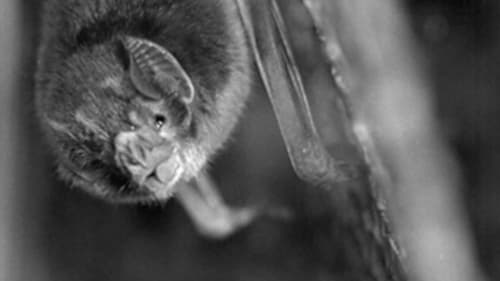
Director
Uma exploração genial do vampiro como um arquétipo biológico. Animado por uma alegre trilha sonora de Duke Ellington, este filme é uma alegoria alegremente mórbida de Painlevé sobre o nazismo.

Camera Operator
Shot primarily by twelve French cameramen (led by filmmakers Jean Painlevé and Jean Grémillon), in August 1944, this film captures the final French insurrection in German-occupied Paris, the surrender of the Germans, and the mass celebration in the streets. (There is an English-language version narrated by Noel Coward.)
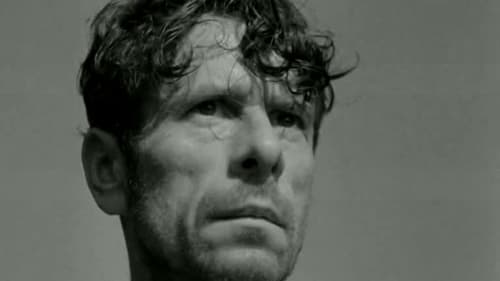
Special Effects
A vagabond arrives in a Flemish village. He's looking for his childhood love, but the villagers believe he has the evil eye.

Director
Jean Painlevé short film examining proportion and its effects on organisms.

Director
Jean Painlevé short film examining population explosion and decline.

Director
Começamos no planeta Terra, com uma demonstração de distâncias de medidas usando a triangulação. Em seguida, começa uma viagem imaginária da Terra até a Lua.

Producer
Perrault's fairy tale presented in claymation with choral voices. Bluebeard goes courting, all six of his wives having died. He arrives at the house of a widow with two daughters. He's greatly feared, but he overcomes objections with a generous dowry. One sister (Anne) refuses him; the other accepts. At his castle, the damsel delights in precious minutes away from Bluebeard in the rose garden. The Saracens declare war; Bluebeard goes off to fight them, leaving the keys to the castle in the damsel's hands. He warns her not to enter the forbidden room. As war rages, she discovers riches in the castle and then enters the forbidden room. Will Bluebeard discover her act? Can she escape death?

Director
Perrault's fairy tale presented in claymation with choral voices. Bluebeard goes courting, all six of his wives having died. He arrives at the house of a widow with two daughters. He's greatly feared, but he overcomes objections with a generous dowry. One sister (Anne) refuses him; the other accepts. At his castle, the damsel delights in precious minutes away from Bluebeard in the rose garden. The Saracens declare war; Bluebeard goes off to fight them, leaving the keys to the castle in the damsel's hands. He warns her not to enter the forbidden room. As war rages, she discovers riches in the castle and then enters the forbidden room. Will Bluebeard discover her act? Can she escape death?

Director
The film begins with methodical descriptions of one-dimensional, two-dimensional, and three-dimensional space. It then looks at a two-dimensional world inhabited by flat mice. It imagines how a human, from the third dimension could interact with that world. It then suggests how beings from a fourth dimension might interact with us. Next the film posits time as a fourth dimension, with scenes to aid comprehension. An off-screen narrator, graphs, and clever photography provide explanations and illustrations. The film asks viewers to use their imaginations.
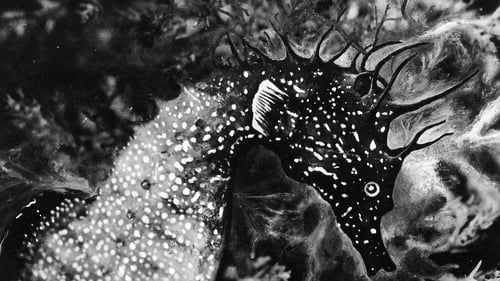
Producer
O documentário subaquático mais célebre de Painlevé demonstra o charme dessa curiosa criatura. Surrealismo submarino, com imagens dramáticas de um cavalo-marinho macho dando à luz.

Writer
O documentário subaquático mais célebre de Painlevé demonstra o charme dessa curiosa criatura. Surrealismo submarino, com imagens dramáticas de um cavalo-marinho macho dando à luz.

Director
O documentário subaquático mais célebre de Painlevé demonstra o charme dessa curiosa criatura. Surrealismo submarino, com imagens dramáticas de um cavalo-marinho macho dando à luz.

Director
O primeiro filme de Painlevé sobre comportamento animal, com foco no caranguejo-eremita. Neste curta, vemos este curioso crustáceo tentando encontrar abrigo.

Director
Jean Painlevé is interested here, with the help of Eli Lotar, in crabs and shrimps. He is particularly interested in detailing their anatomy and observing their mating and fighting behavior.

Director
Jean Painleve short about an experimental canine surgery.

Director

Director
Este filme é sobre três animais: Hyas, Macropodia e vermes-espanadores – dois crustáceos e um verme. Todos eles apresentam uma plumagem surpreendente e espetacular.

Director
Uma análise de perto dos ouriços de areia e de rocha. Na costa, Jean Painlevé escava um ouriço de areia enquanto olhamos de perto.

Director
Titles in French and English help us know what we're seeing. In all waters, daphnia abound. They are crustaceans about 2 ml long, with one eye that turns in all directions. Antennae enable daphnia to move: in a close up magnified 150,000 times, we see the muscles of the antennae pulse. We see the eye, the nerve mass, blood globules, and the heart, beating several times per second. The intestine forms a long line. All are females; eggs develop above the intestine. New generations come rapidly. Inside each daphnia are tiny infusoria; we watch them clean the intestine of a dead daphnia. An enemy, the hydra, approaches. A daphnia dies, but many remain.

Mathusalem (or Methuselah) is a 1922 play by Ivan Goll, considered a precursor of the theater of the absurd. The 1927 run of the play saw five sequences-- some of Jean Painlevé's earliest film work-- projected against a backdrop of white clouds.

Director
Mathusalem (or Methuselah) is a 1922 play by Ivan Goll, considered a precursor of the theater of the absurd. The 1927 run of the play saw five sequences-- some of Jean Painlevé's earliest film work-- projected against a backdrop of white clouds.
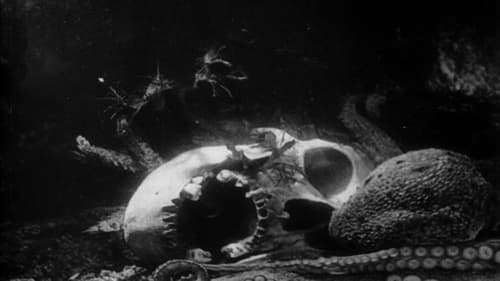
Director
Um polvo desliza sobre objetos na areia (como uma boneca e um crânio), depois desliza pela costa e entra no mar, expelindo sua tinta. A câmera o acompanha pelas rochas em águas cada vez mais profundas, observando de perto sua respiração.

Director
An educational film, a movie through a microscope, in two parts. Within minutes after the egg drops in the water, fertilization occurs and contractions start. Soon, in a fertilized egg, we see the germinal disc divide into two blastomeres. Divisions continue; contractions re-occur at the cap as it covers the egg. Title cards in French tell us what to watch for. Muscular movements and circulation appear; the heart beats. In part two, we see blood circulation begin as red cells develop on the surface of the yoke. They mass toward the heart. Arteries form, blood flows. The egg hatches and blood flows to new areas.

Director









































